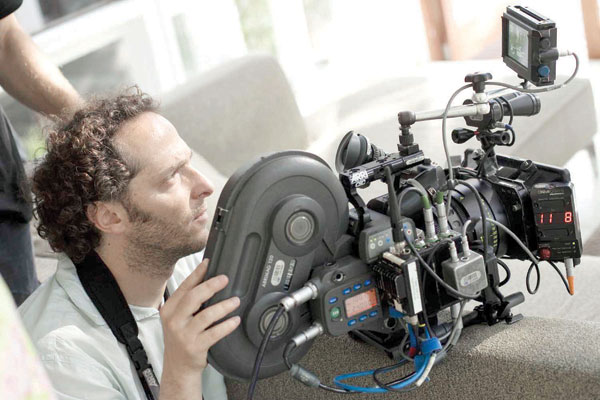
The term “cinematography” comes from Greek “kinema” and “graphein” that means, literally, “to record movement”. So, the cinematographer (or the director of photography) is one of the most important figures in the development and in the shooting of a movie. Sometimes, this figure is far more important than the director himself.
The director of photography chooses the type of lenses, the lighting, the importance of the depth of field, almost everything someone sees in a frame and, to do this, the cinematographer works in very close contact with the director. Because of this, many of the cinematographers on this list are connected to a specific director, with whom they have given their best work.
20. Rodrigo Prieto
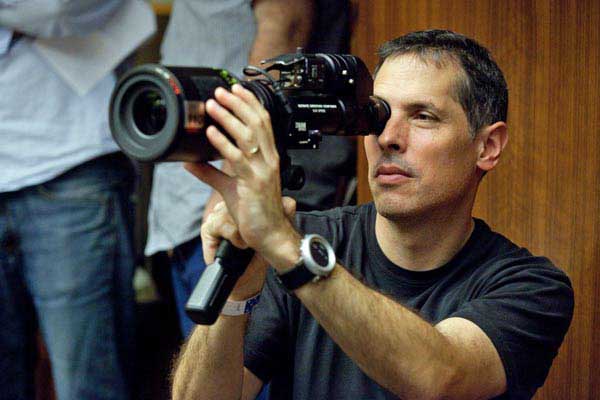
Prieto’s work is extremely variable, from the type of movie to the use of lenses he makes, but every work is also extremely powerful and fascinating. He alternates his experiments with color (“The 25th Hour”) and with lenses (“Frida”) with saturated effects (“The Wolf Of Wall Street”) and naturalism (“Brokeback Mountain”).
Especially in this last type, Prieto reached his best work in Ang Lee’s movie by evoking the nature embracing the characters, but also in one of the most underrated and lesser-known movies by Tommy Lee Jones.
Signature film: “The Homesman”, directed by Tommy Lee Jones
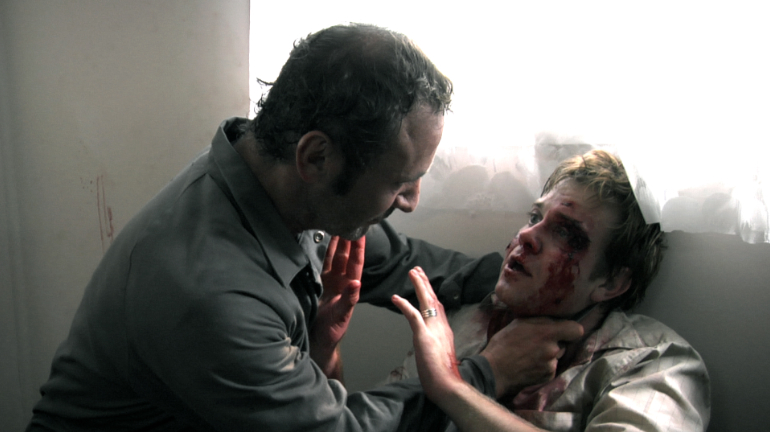
This crepuscular western, in the tradition of “Unforgiven”, is almost a masterpiece of the modern genre. With a magnificent female main character, the movie brings us to another time in the far west, but thanks to Prieto, it is like we’re seeing it for the first time. The nature has, like it had in the past, its space and it (or she?) is a real character. In fact, when it disappears in the end, leaving space to the cities, it is destabilizing and strange to the spectator. And the last shot is something perfect and melancholy.
19. Greig Fraser
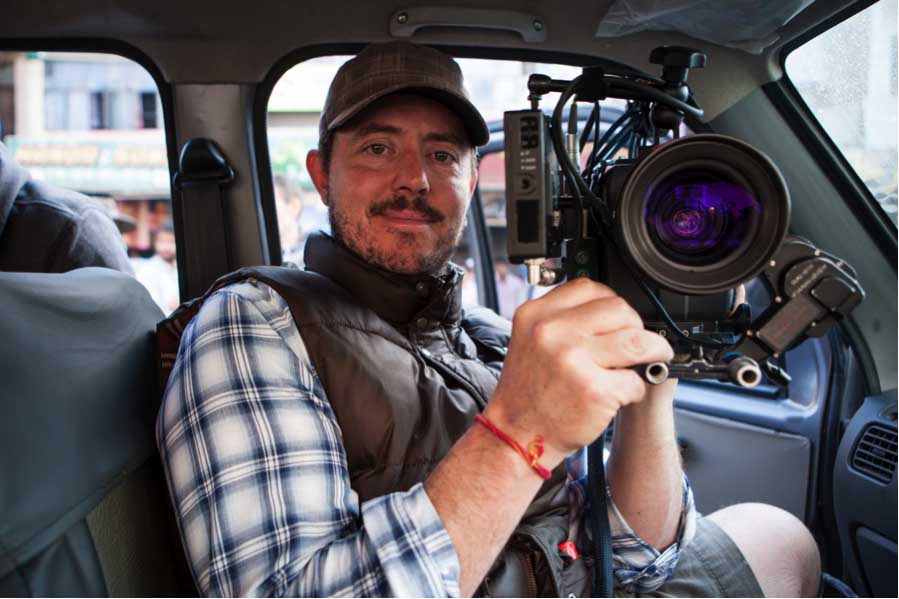
Greig Fraser started to work in 2005, but since then, he has already made at least two great films. He, like Toll, has alternated small and authorial works and big productions, exploring various possibilities of cinematography, experimenting sometimes with the colors of nature (“Bright Star”), andat other times with dark effects (Snow White And The Huntsman). In fact, his best work is the mediation between the two and also between blockbusters and authorial movies.
Signature film: “Zero Dark Thirty”, directed by Kathryn Bigelow
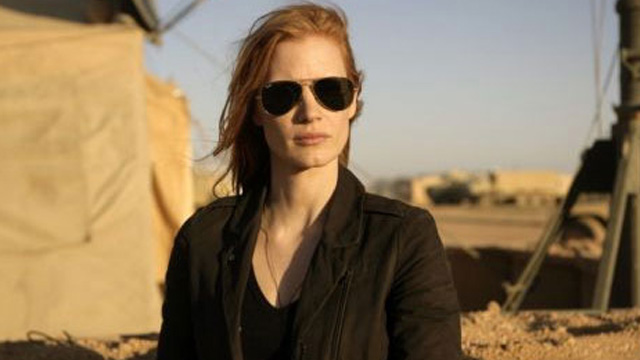
Fraser and Bigelow want to make us live out the conflicts and the oppression of their protagonist and, along with a helpful soundtrack by Alexandre Desplat, they do this by closing her in a cage made of the darkest color. The ending scene is exemplary, in which the black night is alternated with the disquieting and sick green of the night-vision cameras.
18. Darius Khondji
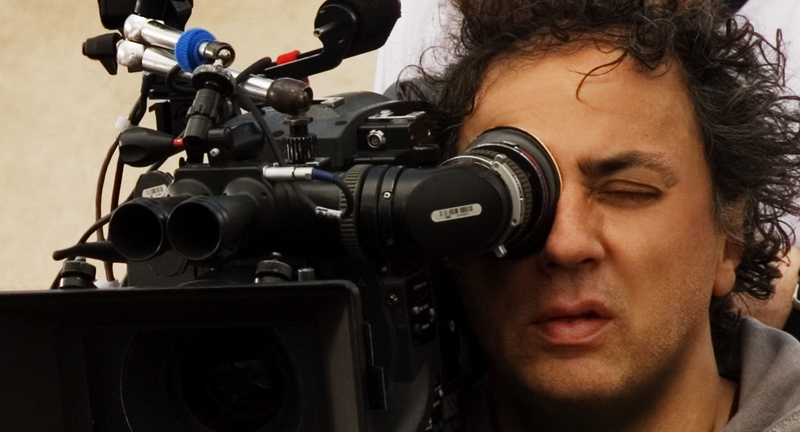
Before photographing the last few Woody Allen movies, for which he can still be praised (particularly for “Irrational Man” and “Midnight in Paris”), Iranian director of photography Darius Khondji worked with great masters of modern cinema like Roman Polanski, Jean Pierre Jeunet and David Fincher, quickly reaching the authorial acme by using to perfection the fusion between scenography, lighting (fundamental for his best work) and makeup.
Signature film: “Seven”, directed by David Fincher
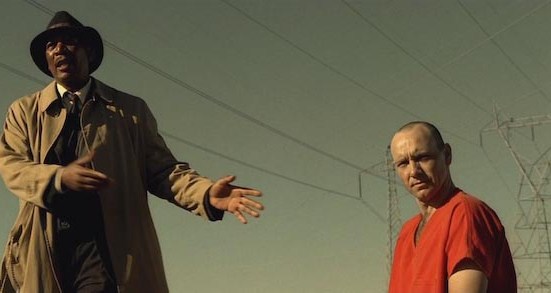
His best work is, without a doubt, the magnificent thriller that shook audiences all over the world in the mid-90s. With its constant rain, its lurid motel corridors, its final showdown reminding us (particularly thanks to the photography) of Western endings, and its pessimism oozing from every frame, in which everything is studied perfectly, almost every scene of this movie is now imprinted in the mind of its spectators. Particularly, the first encounter between Brad Pitt and Kevin Spacey in the rainy alley is pure cinema.
17. Benoit Debie
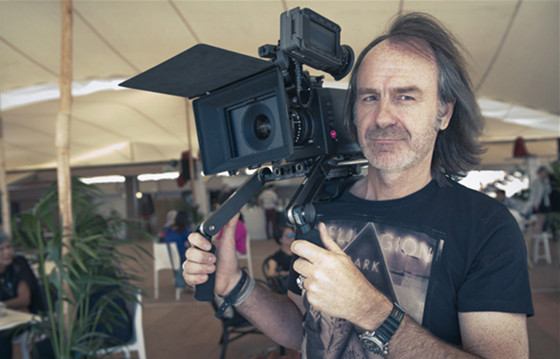
From the acid colors of “Spring Breakers” to the drug trip of “Enter The Void”, passing through the rape of “Irreversible”, Benoit Debie’s career can be summed up like this. The majority (and the best) of his works are characterized by hallucinating narratives and images, both with a positive and negative meaning. Neon lights and the saturated disco-lights. This is his cinema.
Signature film: “Enter the Void”, directed by Gaspar Noe
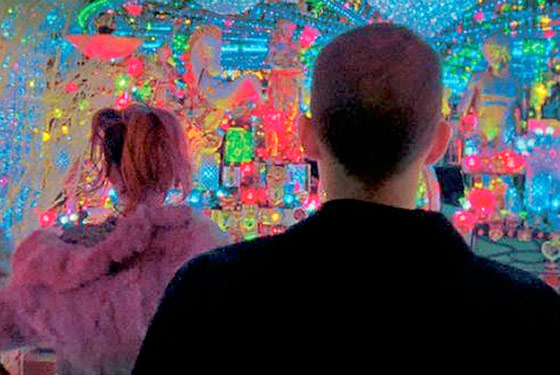
Although sometimes it is quite pretentious and challenging, “Enter The Void” is a visionary and sensorial experience, maybe unique in its genre. Its idea of cinema is of course extreme, but it is a real and true challenge not just for us, but also (and particularly) for the makers: Noè and Debie themselves. Everything is reduced to pure images, and they build every frame, thinking about every single source of light or camera-movement. With its flaws, Enter The Void is an experience that every movie buff should make.
16. John Seale
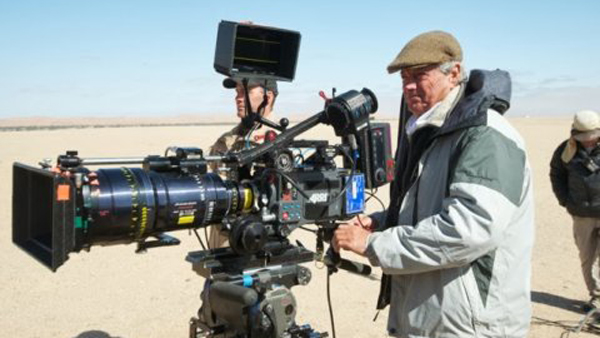
Starting in 1985 with “Witness”, John Seale’s career was not something particularly brilliant or notable, in spite of some pretty and well-done works like “Gorillas In The Mist” or “The Talented Mr. Ripley”. However, he was still too glazed and without a stunning personal style or visual intuitions. Until 2015.
Signature film: “Mad Max: Fury Road”, directed by George Miller
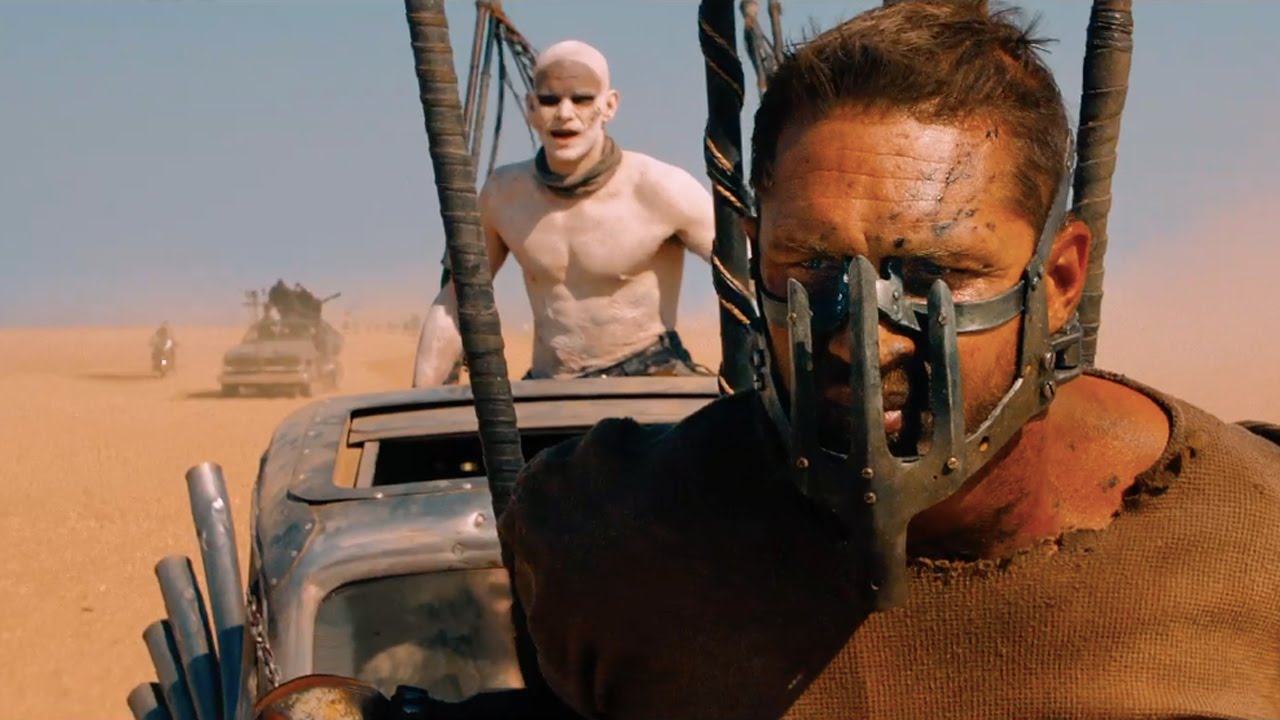
“Mad Max: Fury Road” is simply a visual masterpiece. It is maybe the most shocking and beautiful cinematographic experience since “The Tree Of Life”, and we’re talking about an action movie with a multi-million dollar budget. Yet, every scene in this movie is astonishing; not just because of the franchise’s “mastermind” George Miller, but also (and particularly) because of John Seale.
The magnificent photography is not just in the main scenes (the chase in the sand storm, the Citadel, the first perfect shot), but also in the “normal” scenes and still scenes. Just an example: the choice of slightly distorting the image when Max and Furiosa decide to go back to the Citadel, with a smooth camera movement that shows the first signs of what can become a vertigo effect, but leaving it at the embryonic stage. It’s something that cannot be forgotten.
15. Larry Smith
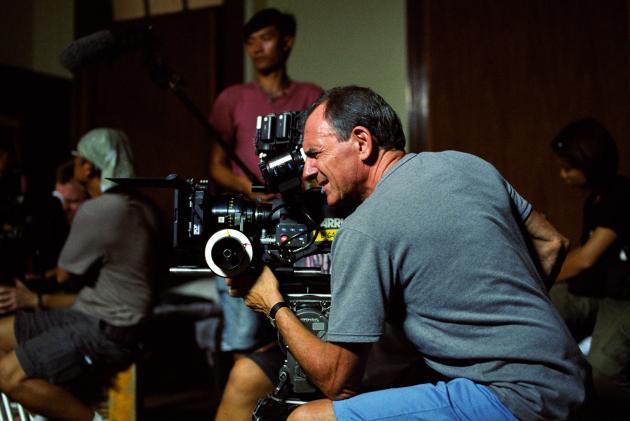
Larry Smith is not as popular as a cinematographer, because he also works especially as a cameraman or as a senior electrician. However, his work with visionary film director Nicolas Winding Refn is more than remarkable, reaching high results, even if they are not so well-known.
Signature film: “Only God Forgives”, directed by Nicolas Winding Refn
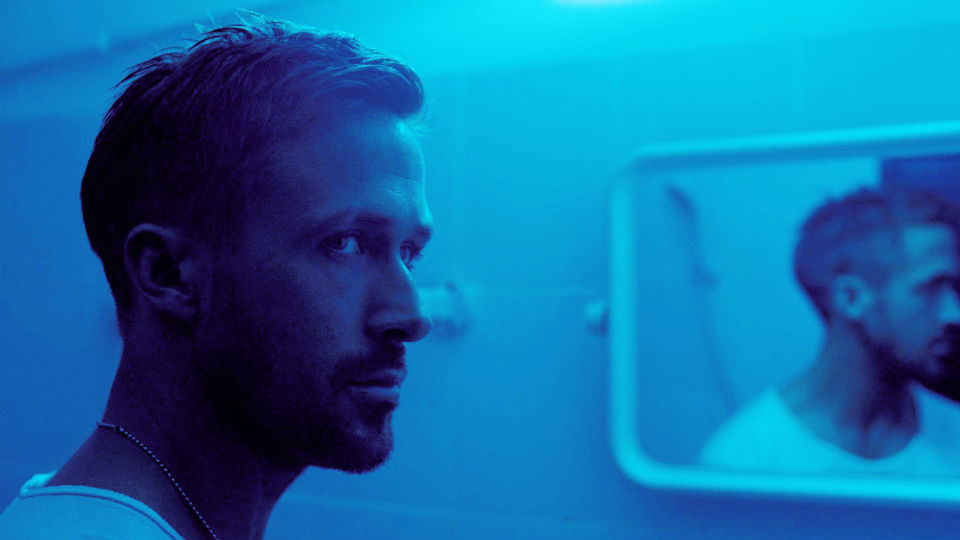
More than “Bronson” (to this day, Refn’s masterpiece), “Only God Forgives” explains and reveals Smith’s talent in lighting, accentuating and intensifying the director’s vision of the world, by using an acid cinematography. It is similar to the hallucinating ones mentioned before (“Enter The Void”, “Spring Breakers”), but darker than these examples, getting closer to Lynch rather than Noè or Korine, and also acquiring a personal touch, which can be observed also in “Calvary”, despite his eclecticism.